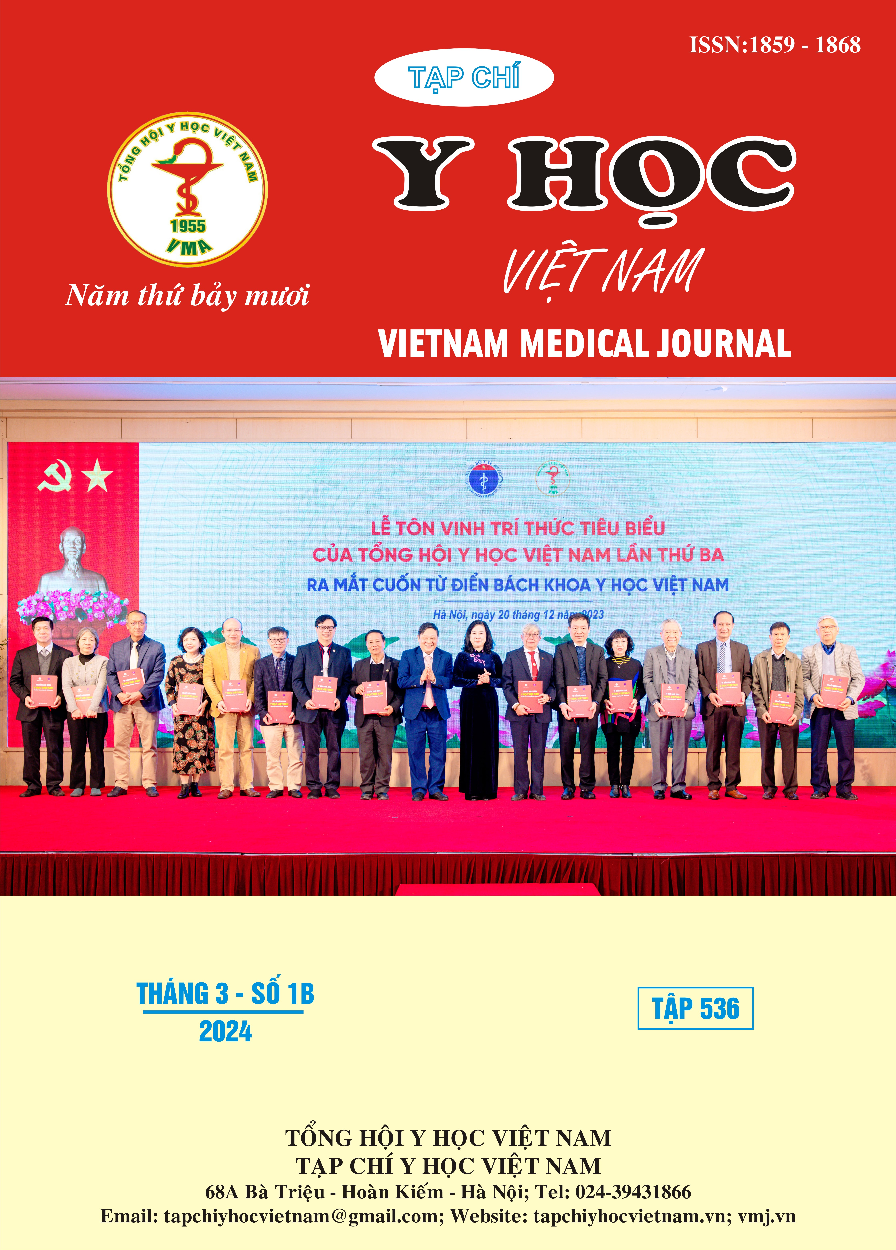CLINICOPATHOLOGICAL FEATURES AND METASTATIC LYMPH NODE INVOLVEMENT IN ORAL SQUAMOUS CELL CARCINOMA
Main Article Content
Abstract
Objective: To identify the clinicopathological features of oral cavity squamous cell carcinomas (OSCCs) and investigate association between lymph node metastasis and clinicopathological parameters in oral cavity squamous cell carcinoma (OSCC). Methods: A cross-sectional descriptive and analytical study was conducted. A sample of 157 patients with primary OSCC was examined, recording their clinical characteristics and histopathological features before and after surgery. Results: OSCC was more prevalent in males with a male-to-female ratio of 3,6:1. The distribution of cancer locations differed between males and females (p<0,001), with the tongue being the most common site in both genders. Most patients (73,9%) suffered diagnosis at late stages (III-IV). The rate of histopathological lymph node metastases was higher (56,3%) compared to the rate of clinical lymph node metastases (38.9%). Histopathological lymph node metastasis is significantly associated with clinical lymph node metastases (p<0,001), histological grade (p<0,001), degree of keratinization (p=0,013), nuclear polymorphism (p=0,019), number of mitosis (p=0,017), pattern of invasion (p=0,006) and stage of invasion (p=0,043). Conclusion: Current preoperative diagnostic methods for lymph node metastasis cannot entirely detect all cases with microscopic involvement. Histological grade, nuclear polymorphism, pattern and stage of invasion may indicate the presence of histopathological lymph node involvement in OSCC.
Article Details
References
2. Cariati P, Martinez Sahuquillo Rico A, Ferrari L, et al. Impact of histological tumor grade on the behavior and prognosis of squamous cell carcinoma of the oral cavity. J Stomatol Oral Maxillofac Surg. 2022;123(6):e808-e813.
3. Caudell JJ, Gillison ML, Maghami E, et al. NCCN Guidelines® Insights: Head and Neck Cancers, Version 1.2022. J Natl Compr Canc Netw. 2022;20(3):224-234.
4. Ferreira E Costa R, Leão MLB, Sant'Ana MSP, et al. Oral Squamous Cell Carcinoma Frequency in Young Patients from Referral Centers Around the World. Head Neck Pathol. 2022;16(3):755-762.
5. Kähling C, Langguth T, Roller F, et al. A retrospective analysis of preoperative staging modalities for oral squamous cell carcinoma. J Craniomaxillofac Surg. 2016;44(12):1952-1956.
6. Mishra A, Das A, Dhal I, et al. Worst pattern of invasion in oral squamous cell carcinoma is an independent prognostic factor. J Oral Biol Craniofac Res. 2022;12(6):771-776.
7. Okada Y, Mataga I, Katagiri M, Ishii K. An analysis of cervical lymph nodes metastasis in oral squamous cell carcinoma. Relationship between grade of histopathological malignancy and lymph nodes metastasis. Int J Oral Maxillofac Surg. 2003;32(3):284-288.
8. Tomo S, de Castro TF, Araújo WAF, et al. Influence of different methods for classification of lymph node metastases on the survival of patients with oral squamous cell carcinoma. J Stomatol Oral Maxillofac Surg. 2023;124(2):101311.


